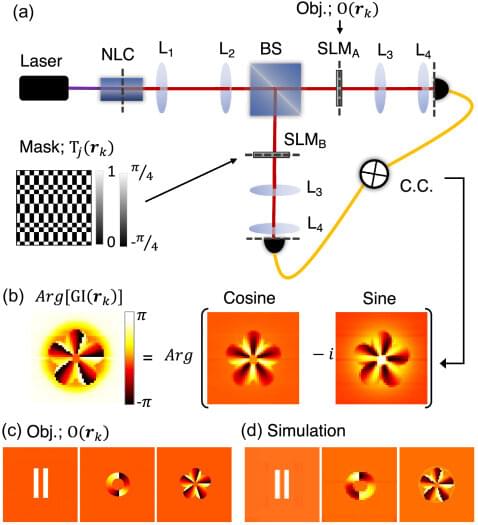When forming an image of an object, such as a photograph taken by a cell phone, light that has interacted with the object and either passed through or bounced off it is captured by the detector in the phone.
Some 25 years ago, scientists devised another, less direct way to do this. In the conventional form, information gathered from two detectors are instead used, by combining information from one capturing the light that has interacted with the object and one that has not interacted with the object at all. It is the light that has never interacted with the object that is used to obtain the image, though, resulting the technique taking on the name “ghost imaging.”
When entangled light is used, the quantum properties can be exploited to do this at very low light levels which can be a large advantage when looking at light-sensitive samples in biological imaging where too much light can damage or change the sample and thus destroying what one wishes to look at—this being quite a conundrum in the field.
